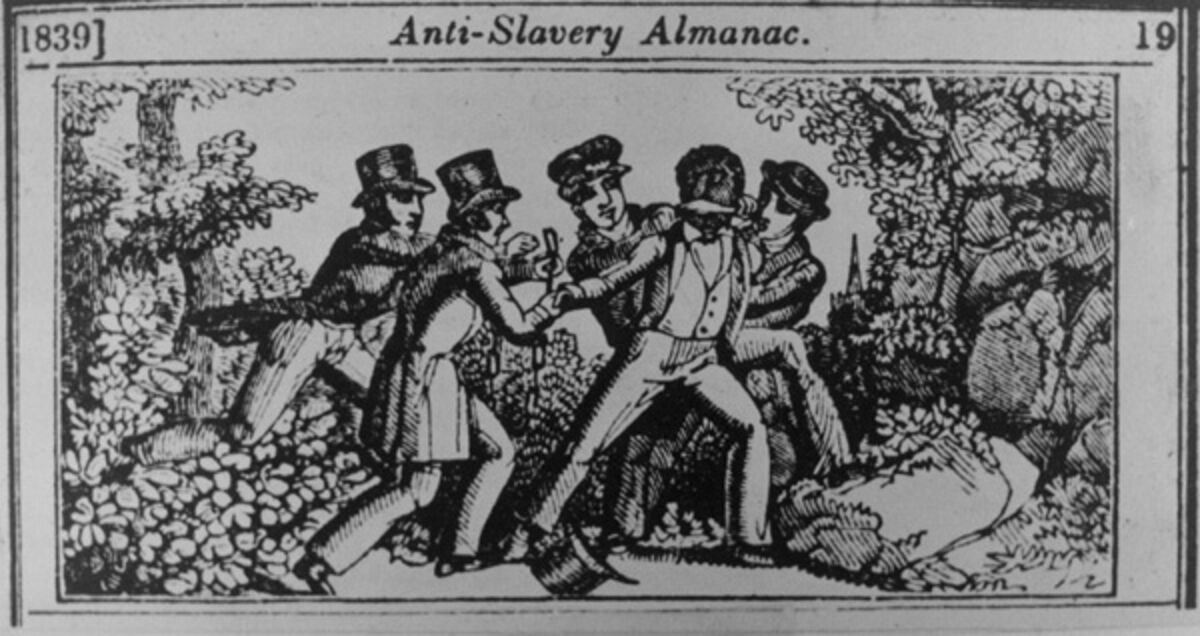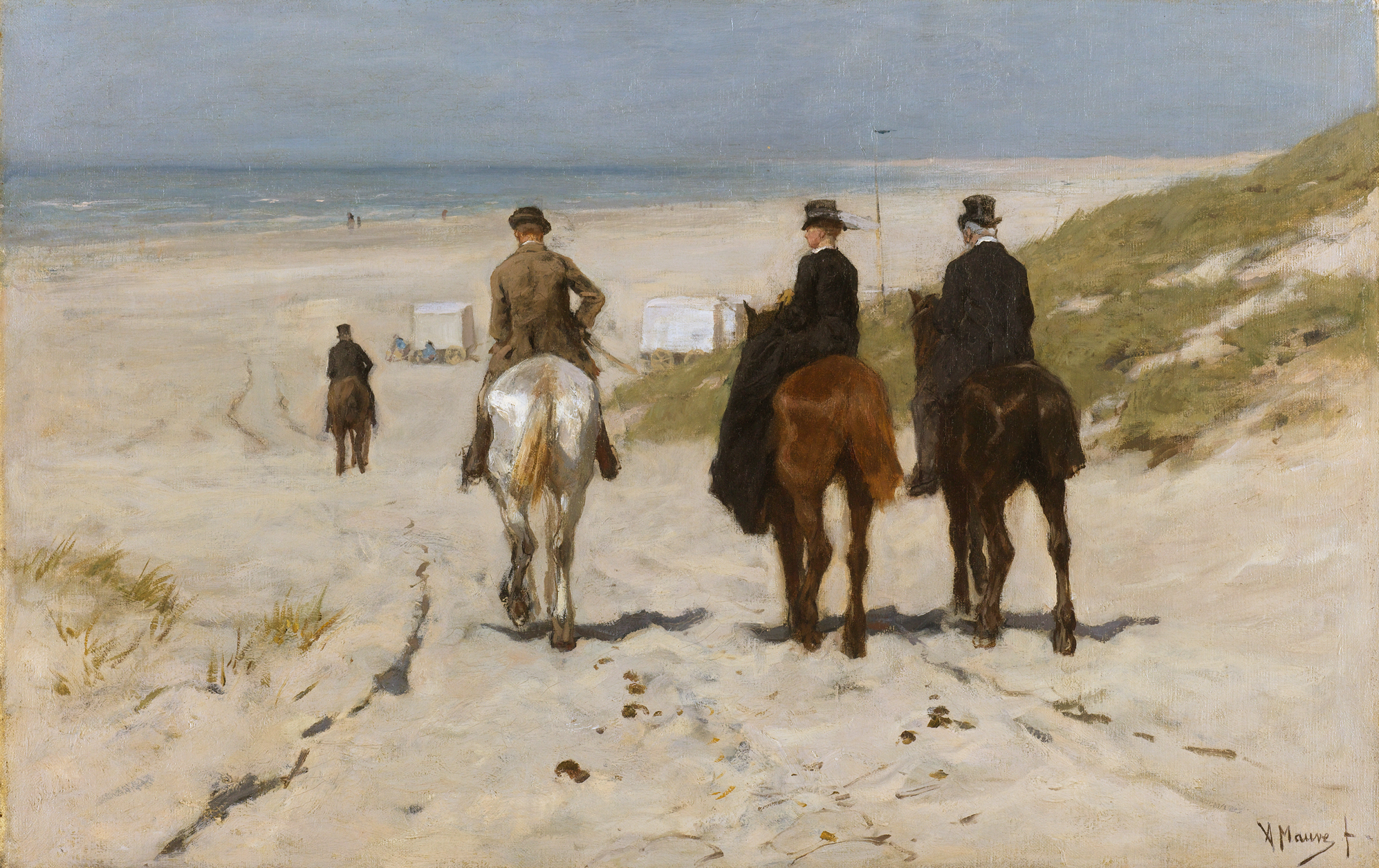Have you heard any good piano music lately? Pianos are very versatile instruments. They can be employed in any genre of music and work surprisingly well, whether it be the newest catchy hip hop song or the most scream-driven death metal song. While he didn't necessarily invent the piano, Muzio Clementi is the man to thank for the piano of today. To be fair, he is known as "The Father of Piano".
At the age of 9, Clementi was already an organist at a church, so his skills were developed very early in life. Though born in Italy in the year of 1752, he was taken to England to serve as an entertainer by "Peter Beckford, a cousin of William Beckford" in the year of 1766 (
Encyclopedia Britannica). From then on, his music career continually grew until he was rich enough to own his own piano manufacturing company. Clementi died at the age of 80 in the year 1832.
Clementi earned his nickname not through the pianos he created (although he did tweak his pianos in a way that can still be seen today), but rather, he earned his nickname through his technique. Looking at
Clementi's Gradus ad Parnassum No. 90 and No. 91, we can hear why he is the Father of the Piano. One example is in No. 90. For those of you that don't know about pianos, there is a device called a sustain pedal that allows the sound of a key to continue playing even after the finger has been lifted off the key. The sustain pedal was popularized during the Romantic period of music, aka after Clementi's time. While listening to No. 90, Clementi is able to produce this sustained sound, though he does not use a sustain pedal. We can see in his sheet music that there are no signs of pedaling. However, we do see that Clementi uses two voices for each hand. Clementi uses one finger to hold one key while the rest of his fingers continue to play the melody. Ultimately, Clementi was playing four melodies simultaneously by himself. This technique is unique in the fact that Clementi creates a sound that is before its time. While the sustain pedal did exist during Clementi's life, it was only used for very specific times, as it was very rudimentary. However, the sound produced by Clementi sounds as if it is being played on a modern piano.
In No. 91, we are introduced to Clementi's conflicting emotions. A great deal of the music created by classical composers are very one sided in terms of emotions. What I mean by that is that a song is usually just happy or just sad. Clementi himself is guilty of this trend as well, however, with Clementi's No. 91, he creates a feeling of confusion. During the first listening, it sounds happy in the beginning, but then turns into a sound of fear or panic partway through. Just as you start thinking of how you feel about the sudden change in emotions, the song then jumps back into a happy tune and ends on a good note. If you cut out the middle section, the beginning and ending of the song would make it seem like a cheerful melody. However, the abrupt middle section appearing briefly and then disappearing creates an attention-grabbing moment that really makes the listener pay more attention to what Clementi has presented with us as the audience.
Overall, if you are a pianist (like myself) or just appreciate the piano, I would highly recommend Muzio Clementi's works. His
Six Sonatinas Op 36 are fairly popular pieces and can provide very efficient homework/study music. Ultimately, it is thanks to Clementi that mankind received the brilliant works of more famous pianists such as Beethoven and Mozart. While listening to Clementi's works, you can make subtle connections to the sounds of these legendary piano titans. That alone is reason enough to hear what Clementi has to offer.









